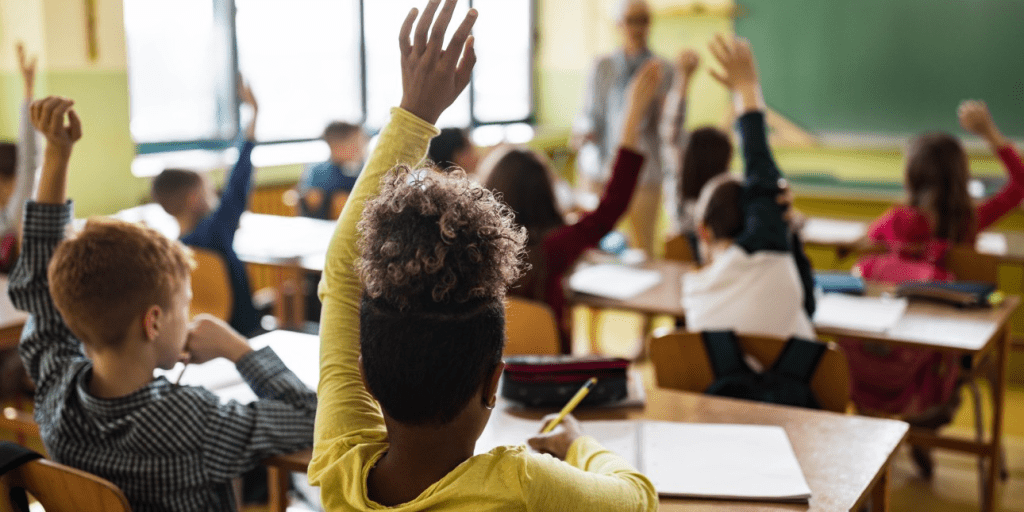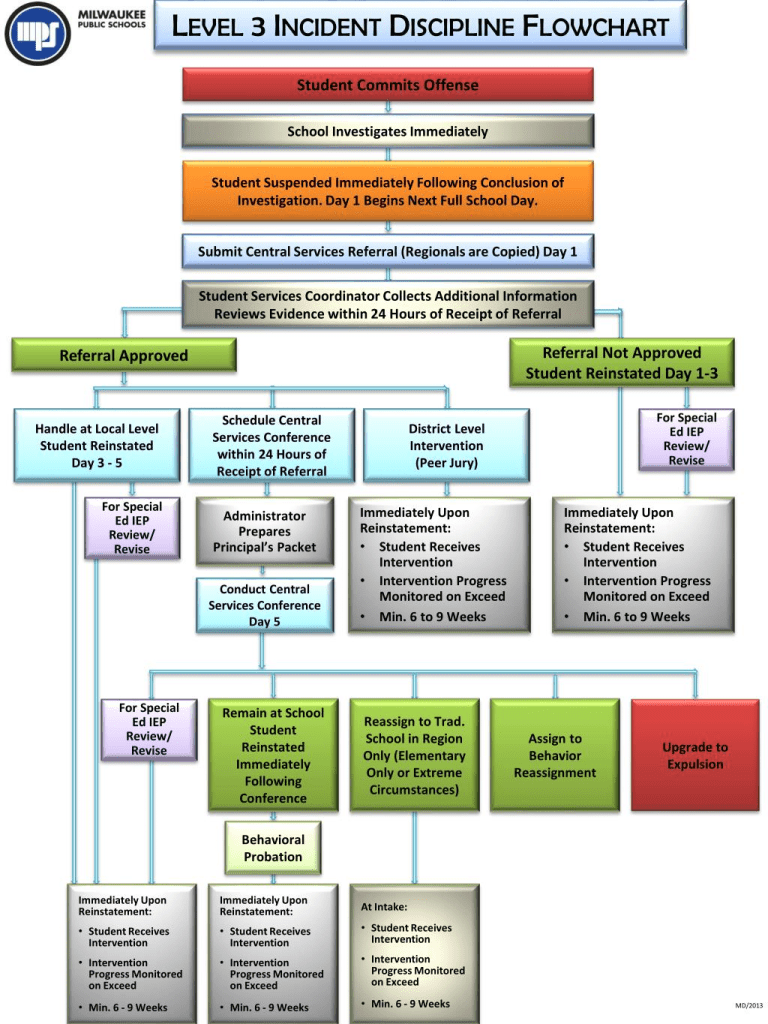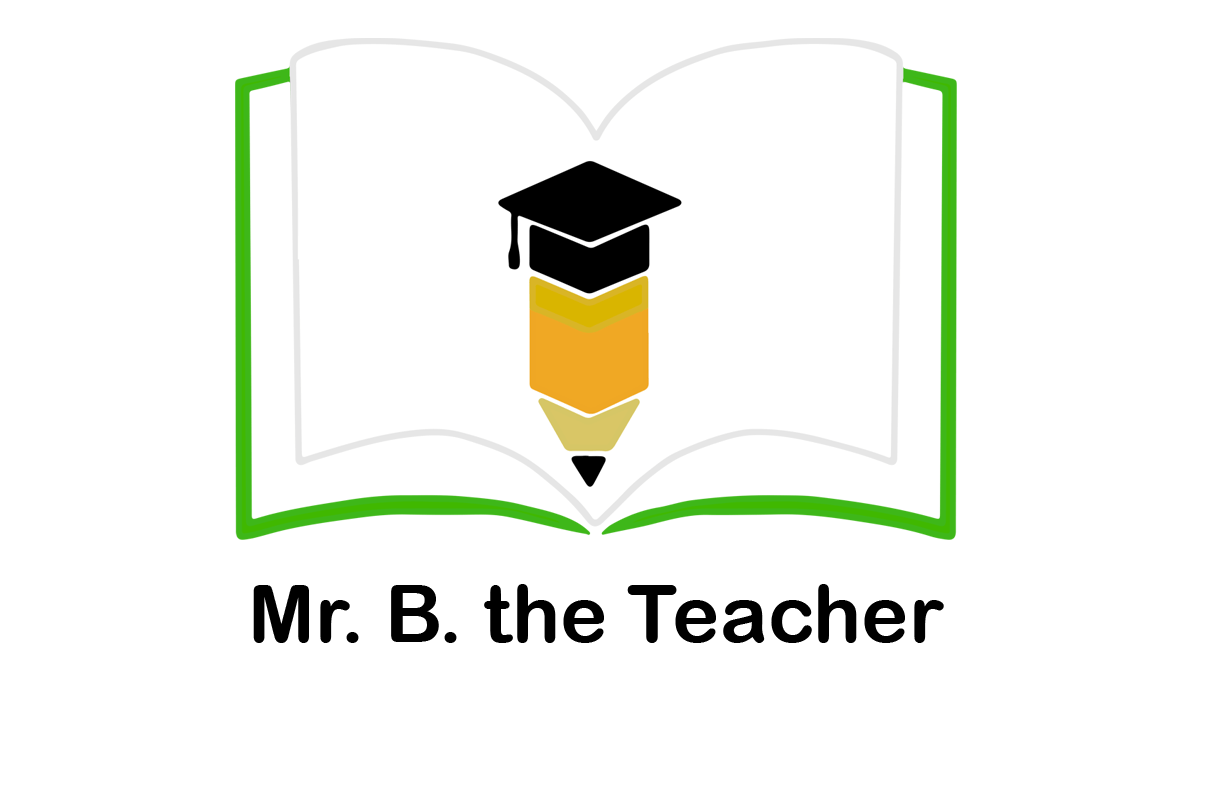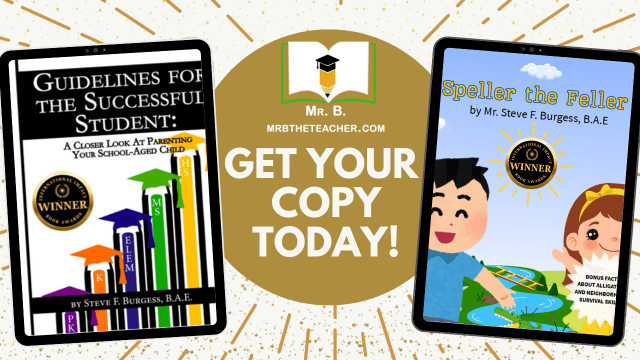
Reinstating Common Sense School Discipline Policies

On April 23, 2025, The Head Department of Education, Ms. Linda McMahon plus many other officials met with President Trump and his administrative team in the White House to witness the signing of some more executive orders by the President. One of those executive orders that were signed was to reinstate common sense school discipline policies back in our American schools. When Ms. Linda McMahon was asked by the President what she thought about the executive order concerning reinstating common sense discipline in schools, she responded by saying, “Absolutely, because it gives teachers the authority now to have discipline in their classrooms and to discipline the person who is being disruptive. We took that away.”
How are teachers going to discipline the students who are being disruptive?
What are the schools’ discipline plans and policies?
What do the plans and policies look like and how are they going to be reinforced in our American schools effectively?
Who is responsible for ensuring that teachers are disciplining students appropriately?
How are the students’ parents going to react and respond to the way that discipline is being enforced in our schools?
Are these policies going to be biased because they only fit the “one size fits all approach” to school discipline?

I believe in common sense discipline policies being enforced in schools, but I do believe that the punishment should fit the crime. The State government, school districts, school administrators, teachers, and parents should conduct town meetings and PTA meetings to decide and determine what discipline policies should be enforced in their schools.
I believe that there are 3 levels of offenses that some students commit when they are not compliant with the school and classroom rules.
In American schools, student offenses are typically categorized into three levels or tiers based on their severity. These levels help educators, administrators, and school districts determine appropriate disciplinary responses while aiming to support student development and maintain a safe learning environment. Here’s a general overview:
🔹 Level 1: Minor Offenses (Low Severity)

These are everyday misbehaviors that disrupt the learning process but are not dangerous or malicious.
Examples:
- Talking out of turn
- Not following directions
- Horseplay
- Tardiness
- Not completing homework
- Minor dress code violations
Appropriate Consequences:
- Verbal warning or redirection
- Seat change
- Loss of privileges (e.g., recess, free time)
- Parent contact or conference
- Behavior reflection sheet
- Restorative practices (e.g., apology letter, peer mediation)
Goal: Redirect behavior and teach appropriate conduct through classroom management strategies.
🔹 Level 2: Moderate Offenses (Medium Severity)

These behaviors are more disruptive or repetitive and may impact others’ learning or safety but are not criminal or dangerous.
Examples:
- Defiance or disrespect to staff
- Bullying or teasing
- Repeated Level 1 infractions
- Cheating or plagiarism
- Skipping class or leaving school without permission
- Using inappropriate language
Appropriate Consequences:
- Detention (during lunch or after school)
- In-school suspension (ISS)
- Written behavior contract
- Referral to school counselor or intervention team
- Parent-administrator meeting
- Restorative justice practices
Goal: Intervene and correct the behavior with structured consequences and possible behavioral supports.
🔹 Level 3: Major Offenses (High Severity)

These are serious violations that threaten the safety of others or are illegal. These require immediate administrative intervention.
Examples:
- Fighting or physical assault
- Possession of weapons or drugs
- Threats or acts of violence
- Vandalism or theft
- Sexual harassment or misconduct
- Cyberbullying or criminal behavior
Appropriate Consequences:
- Out-of-school suspension (OSS)
- Expulsion (in extreme cases)
- Police notification (if required by law)
- Mandatory counseling or behavior intervention plan
- Referral to alternative education programs
Goal: Protect the safety of all students and staff, while ensuring appropriate legal and psychological interventions.
🛠️ Important Considerations:
- Progressive discipline: Many schools follow this model, increasing the severity of consequences for repeated offenses.
- Equity in discipline: Schools should apply consequences fairly, avoiding bias based on race, disability, or socioeconomic status.
- Restorative practices: These are increasingly used to repair harm and build accountability, especially for Level 2 and 3 offenses.
- IEPs and 504 Plans: Students with disabilities must receive discipline consistent with their legal protections under IDEA and Section 504.
In summary, I believe that Trump’s executive order should go into effect but with the understanding that the many school policies that are already in place need to be reinforced by the school districts and administrators in all our schools so that we can truly hold our teachers accountable for reinforcing the proper classroom rules and our students accountable and responsible for their compliance, their words, and actions.


Leave a Reply